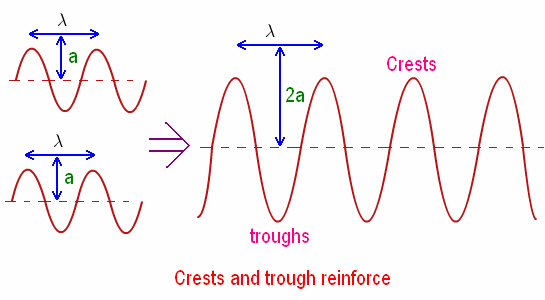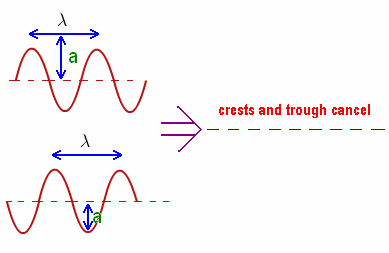Physics of Music
Key Questions
-
The vibration of some physical object can cause the air to vibrate. The transmission of physical vibrations of objects to motions of the air is complex and varies by instrument.
In a string instrument, a player plucks or bows the string which vibrates with a characteristic frequency. A string all by itself doesn't sound like much. The bridge, the sound post, and the body of the instrument act to transmit the motion of the string into motions of the air. The size, shape, and thickness of the parts of the body of a string instrument serve to 'couple' the sound to the air. Even the size, shape, and placement of the holes in the body is critical making the instrument sound the way it should.
In a piano, there is a sound board which serves the function of transmitting the vibrations of the strings to vibrations in the air.
In brass instruments, the motion of the lips opening and closing the airway in rapid succession causes the air column inside the instrument to resonate. This is nearly identical to what happens in reed instruments which use a single or double reed to open and close the airway. For many of these instruments the bell shape of the end is required to get some of the sound out of the instrument. If the tube simply ended without a flare, very little of the sound energy resonating inside would be able to reach our ears.
Flutes, organ pipes, and whistles are similar, but rather than the opening and closing of the air column, turbulent flow of air across the hole drives the resonance of the air column.
Percussion instruments are often a little more direct in converting their motion to sound. A drum head transmits vibrations into the air easily. The same is true for many bells and cymbals. But marimbas have tubes like organ pipes which help to convert the motion of the bars into sound.
-
Answer:
The closer the frequencies of the wave are to each other, the less frequent the beats. When two waves have the same frequency, there will not be any beats.
Explanation:
Beats come from interference between two waves. Interference can be either constructive or destructive, depending on the phase of the interacting waves.
Constructive interference occurs when the two waves are in phase. When constructive interference occurs, the resulting wave will be amplified. A laser is an example of a light wave that is experiencing constructive interference.

Destructive interference occurs when two waves are out of phase. The waves will then cancel each other out.

Beats occur when two sound waves are nearly in phase. The resulting wave will oscillate between constructive and destructive interference. The closer the two waves are two being in phase, the longer the period of oscillation, meaning the farther apart the beats will be.
 )
) When the beats stop happening, the two sound waves will have the same frequency. That is how musicians can tell if their instruments are in tune with the rest of the ensemble.